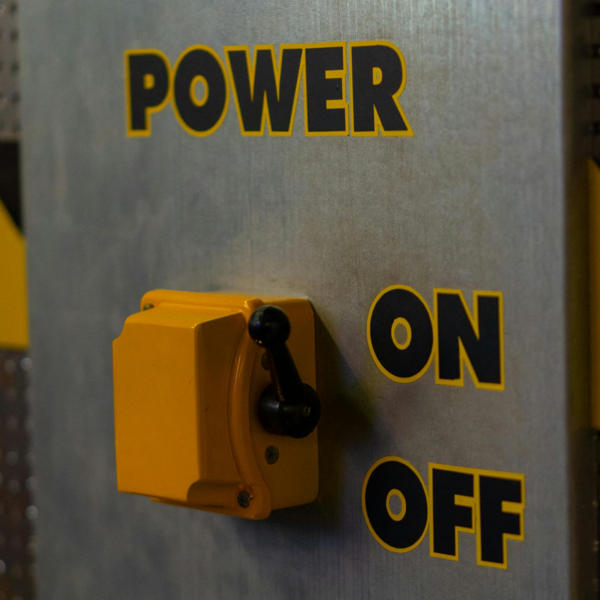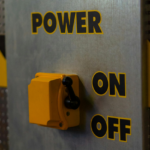Interviews come in many different forms. In some cases, multiple people may be interviewed all at once and others might focus on just one person facing multiple interviewers. The question types can change quite a bit between interviews as well. Most interviews have the same basic ‘informational’ questions, but their following questions might depend on what they are looking for in possible employees.
If employers are trying to determine how you are likely to act in the future based on how you have acted in the past, they will likely stick to a behavioral interview style of questioning. With this type of interview, candidates will be asked about previous experiences, how they handled them, and how they felt about handling them. This helps employers learn not only how candidates act under pressure, but also what type of experiences they have had first-hand.
This interview model can be a great way for candidates to explain skills, highlight their abilities for social interaction, working under pressure, think creatively, or any other aspect that you list on a resume but never get to go in-depth with. Of course, that assumes that you went into the interview prepared. If you are unsure about your preparation for a behavioral interview, keep reading, brush up, and ensure that you will be able to nail your next interview.
How to Prepare for a Behavioral Interview
Preparing for a behavioral interview is less about preparing speeches and more about preparing stories. Behavioral interviews ask for your to describe scenes and situations that gave you the experience they are looking for, so crafting the mental image should be the main preparation.
The best way to prepare is to choose three to five stories from your work experience where you faced difficulties. You want stories that highlight hard decisions, controversy, times where you failed and had to recover, or something similar that highlights the hard work you have done to overcome challenges.
Take time to practice these stories multiple times, each time focusing on different details. Learn about the different ways you can reword the stories to bring the focus to a different type of problem that the interviewers might be asking you about. You are not trying to memorize the stories, but merely become familiar with them enough that you do not stall or panic during the interview.
Once you feel comfortable with your stories, start looking at the STAR method. STAR stands for Situation, Task, Action, and Result, and is used as a method to answering questions that ensures that the interviewers get all the necessary details in every answer. The STAR method is widely used for behavioral interviews as it is considered the most effective way to structure answers that have the potential to be too long or overly detailed.
Combining the STAR method with the stories that you are familiar with will make answering questions a breeze. You know the stories of the details well, you know how to structure your answers, now you just need to learn the type of answer they are looking for with each question.
Questions and Answers
Ultimately, there are no perfect answers to behavioral questions. That being said, each question is clearly rooting for something specific, so knowing what to look for when crafting your answers can help create the most striking and memorable answer possible.
Thankfully, behavioral questions are not formatted to be sneaky or have hidden meanings. They often outright ask for “a time when you failed” or “a time when you had to work with people you disagreed with”. The forward wording of behavioral questions is what allows you to focus on the answer more so than root around for some hidden meaning.
That being said, there are still a few things to keep in mind. Behavioral interview questions look to predict future behavior based on past behavior, so make sure that you are showcasing the best of who you are now instead of who you were several years ago. Keep your stories recent and timely to ensure that you are talking about who you are today.
Additionally, remember that you can use the same story for multiple examples. If the stories are complex, you can focus on different aspects of it each time you answer a different question and simply let the interviewers know that this was part of the same situation as described before. Try not to do this more than once per story, but it is not bad to do, especially for longer stories.
When it comes down to the day-of, just remember that they are interviewing you for you. If you go into an interview pretending to be someone else, you risk not getting a job you should have gotten or getting a job that will let you go after realizing that you are not who you were in your interview. Being yourself from the get go is the best way to ensure that the job you get is right for you.
If you are looking for help finding a job and would like someone there to help guide you through the interview process, check out our job board or send us an updated resume here and we will connect you with a specialized recruiter who can do all that and more!











